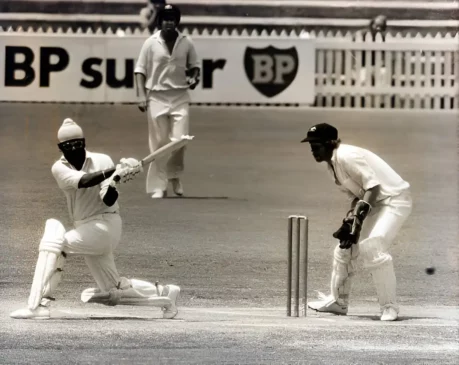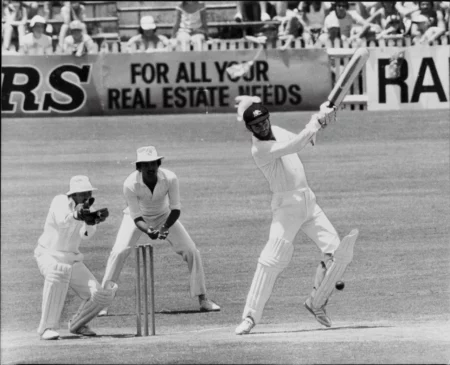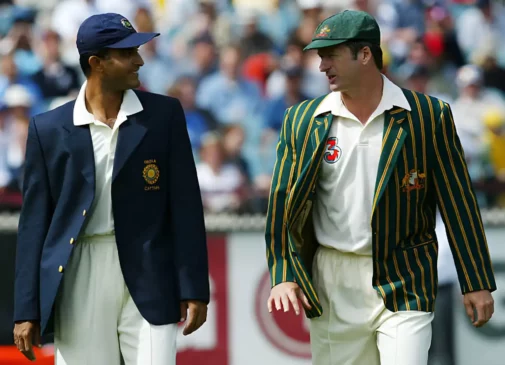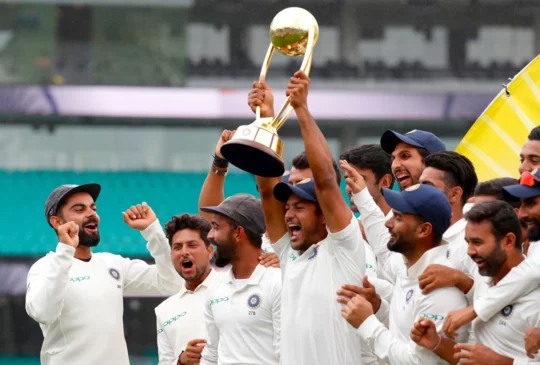Team India‘s cricket journey Australia it has been a story of gradual evolution with the team facing early challenges but gradually growing on Australian soil. In the early years when Australia dominated, especially with their formidable pace attack and the aura of players like. Sir Donald BradmanIndia’s competitiveness began to emerge in the 1980s and 1990s. Over the years, the Indian team has changed and with each visit to Australia, they have shed their underdog status. Team India’s success in Australia now represents one of the most compelling chapters in the history of Test cricket.
From historic first wins to unforgettable series victories, India’s achievements in Australia have become a point of pride. The development of a strong bowling unit, the rise of players who have excelled in difficult conditions and strategic leadership have contributed to India’s growing success in the land of the Kangaroos. While the journey has not been without challenges, India’s consistent progress on Australian soil demonstrates their rise as a major force in world cricket.
Now let us examine how the Indian team overcame these challenges and grew stronger over time.
India’s fire in Australia in Test cricket
Early struggles

India’s first matches in Australia were marked by considerable struggle. The debut Test series in 1947–48 was a comprehensive 4–0 defeat with the Indian team unable to make an impact against a dominant Australian side. This early period in Indian Test cricket was characterized by difficulties in adapting to the fast and dense Australian pitches, as well as an inability to counter the aggressive Australian cricketing mentality.
In the 1950s and 60s, India failed to win any significant victories and by the 1970s it was clear that the Indian team still lacked the firepower to compete with the cricketing giants of Australia. Absence of a world-class fast bowling attack and reliance on spin bowling in conditions favoring pace bowlers made India’s job even more difficult. The team had to rely on individual brilliance, but the collective effort was often lacking.
Construction speed since the 1980s

The early 1980s were a turning point for India in Australia. The 1980–81 series secured India’s first Test victory in Australia, although it was not part of a series victory. Gundappa Vishwanathtons fight and Kapil DevHis incredible spell of fast bowling that led India to a thrilling victory in Melbourne gave the team and their supporters a glimpse of India’s potential.
In the 1985–1986 series, India managed to level the series 0–0, a significant improvement given the difficult Australian conditions. Although they failed to win, the Indian team showed resilience and competitive spirit, especially the batsmen’s efforts and Kapil’s leadership. The 1991-92 series was another tough battle where, despite individual contributions, India lost the series 4-0. However, the team’s performance continued to improve and players continued to emerge Mohammad Azhareddin and Sachin Tendulkar It demonstrated the growing potential of India.
The 1999-2000 series saw the rise of players like Sourav Ganguly and the likes, despite losing the series 3-0. Rahul Dravidhis durability would later contribute significantly to India’s success in Australia. These streaks laid the foundation for future victories in the new millennium.
Also READ: AUS vs IND 2024: Virat Kohli reveals his favorite shot in Australia
A golden era under Sourav Ganguly and Rahul Dravid

India’s success in Australia in the early 2000s laid the foundation for their future victories. Under Ganguly, India started playing with confidence and aggression. The 2003–04 series was significant as it showcased the Indian team’s ability to compete on Australian soil, with outstanding batting performances, especially from Dravid, who finished the series as the top run-scorer.
India leveled the series 1-1 thanks to a superb performance by Dravid, who scored centuries in Adelaide and Melbourne. This was one of the first series where the Indian team showed real competition, especially with the rise of the young players. Virender Sehwagand a more balanced approach to fast and spin bowling.
The 2007–08 series, though difficult for India with the controversies surrounding the Sydney Test, also witnessed Indian players. Anil Kumble and Tendulkar shines. Although India did not win the series, it was clear that the team was now a strong contender. The spirit displayed during these years set the stage for the monumental Test victories that would follow in the next decade.
The beginning of India’s transformation under Virat Kohli

The 2010s were a period of transformation for the Indian Test cricket team in Australia. The journey, however, was not without struggle. India suffered a crushing 4-0 defeat in the 2011/12 series where Australia dominated the entire series. Despite individual performances, India struggled to adapt to the hostile Australian conditions, especially against the pace attack and Australian batting line-up. Similarly, in the 2014/15 series, India again lost 2-0 as Australia’s fast bowlers and revival. Michael Clarke led the charge. Despite some valiant efforts, especially by Virat KohliHigh-scoring India fell behind in both series, highlighting gaps in their ability to consistently challenge Australia in their own backyard.
However, India started the 2018-19 series with a flurry of wins in their first Test series, defeating the hosts in Australia 2-1. Kohli’s leadership was coupled with striking batting performances Cheteshwar Pujara and outstanding fast bowling Jasprit Bumrah, Mohammed Shamiand Ishant Sharmathis led to historic success. The win marked a significant turning point, demonstrating India’s growth as a global cricketing power and its ability to adapt to Australian conditions.
The 2020-21 series further cemented India’s position as the powerhouse of Test cricket. With a depleted squad and the absence of key players like Kohli after India’s embarrassing show in Adelaide, Ajinkya Rahane‘s management saw India create history by winning the series 2-1. The final Test at the Gabba, in which India chased down a dramatically steep target, marked a historic moment in Indian cricket, breaking Australia’s 32-year unbeaten record in the field.


